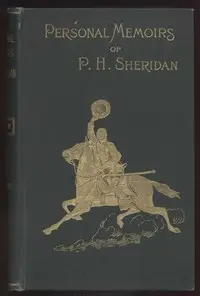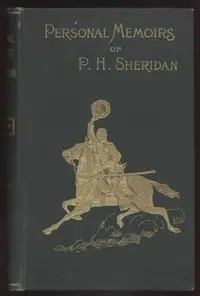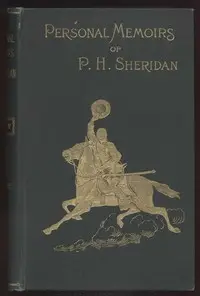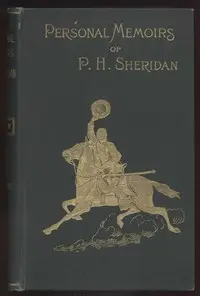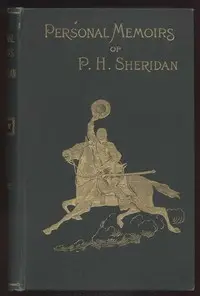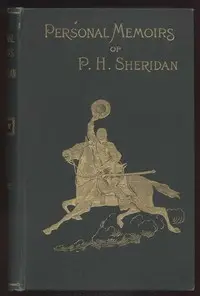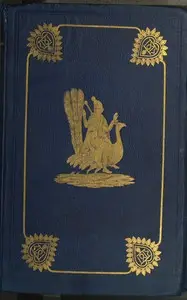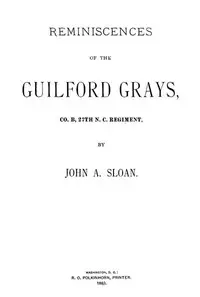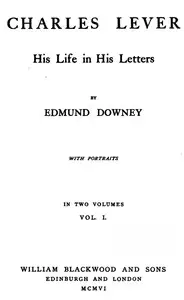"Personal Memoirs of P. H. Sheridan, Volume 2, Part 4" by Philip Henry Sheridan, presents a firsthand view of crucial episodes in the American Civil War, told through Sheridan's experiences and military maneuvers. Penned in the 1800s, this work merges personal storytelling with lessons on effective leadership. The book may cover significant events, such as the Battle of Opequon, in the Shenandoah Valley. Sheridan presents his strategic methods, interactions with other military leaders, and his ways of communicating. Readers encounter a detailed description of how scouts were formed and used to gather intelligence about the enemy, partly through the help of a girl named Rebecca Wright. Ahead of a big battle, Sheridan works with different commanders, using scouts to collect key information about Confederate troops. The account highlights the difficult strategies he faces, managing troop movements and emphasizing how important timing is in war, which paints a picture of the difficult operations during the Civil War.
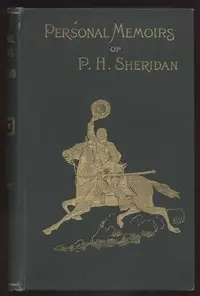
Personal Memoirs of P. H. Sheridan, Volume 2, Part 4
By Philip Henry Sheridan
In a time of war, a general recounts his strategic planning, intelligence gathering, and the crucial role of timing in battle.
Summary
About the AuthorPhilip Henry Sheridan was a career United States Army officer and a Union general in the American Civil War. His career was noted for his rapid rise to major general and his close association with General-in-chief Ulysses S. Grant, who transferred Sheridan from command of an infantry division in the Western Theater to lead the Cavalry Corps of the Army of the Potomac in the East. In 1864, he defeated Confederate forces under General Jubal Early in the Shenandoah Valley and his destruction of the economic infrastructure of the Valley, called "The Burning" by residents, was one of the first uses of scorched-earth tactics in the war. In 1865, his cavalry pursued Gen. Robert E. Lee and was instrumental in forcing his surrender at Appomattox Courthouse.
Philip Henry Sheridan was a career United States Army officer and a Union general in the American Civil War. His career was noted for his rapid rise to major general and his close association with General-in-chief Ulysses S. Grant, who transferred Sheridan from command of an infantry division in the Western Theater to lead the Cavalry Corps of the Army of the Potomac in the East. In 1864, he defeated Confederate forces under General Jubal Early in the Shenandoah Valley and his destruction of the economic infrastructure of the Valley, called "The Burning" by residents, was one of the first uses of scorched-earth tactics in the war. In 1865, his cavalry pursued Gen. Robert E. Lee and was instrumental in forcing his surrender at Appomattox Courthouse.

